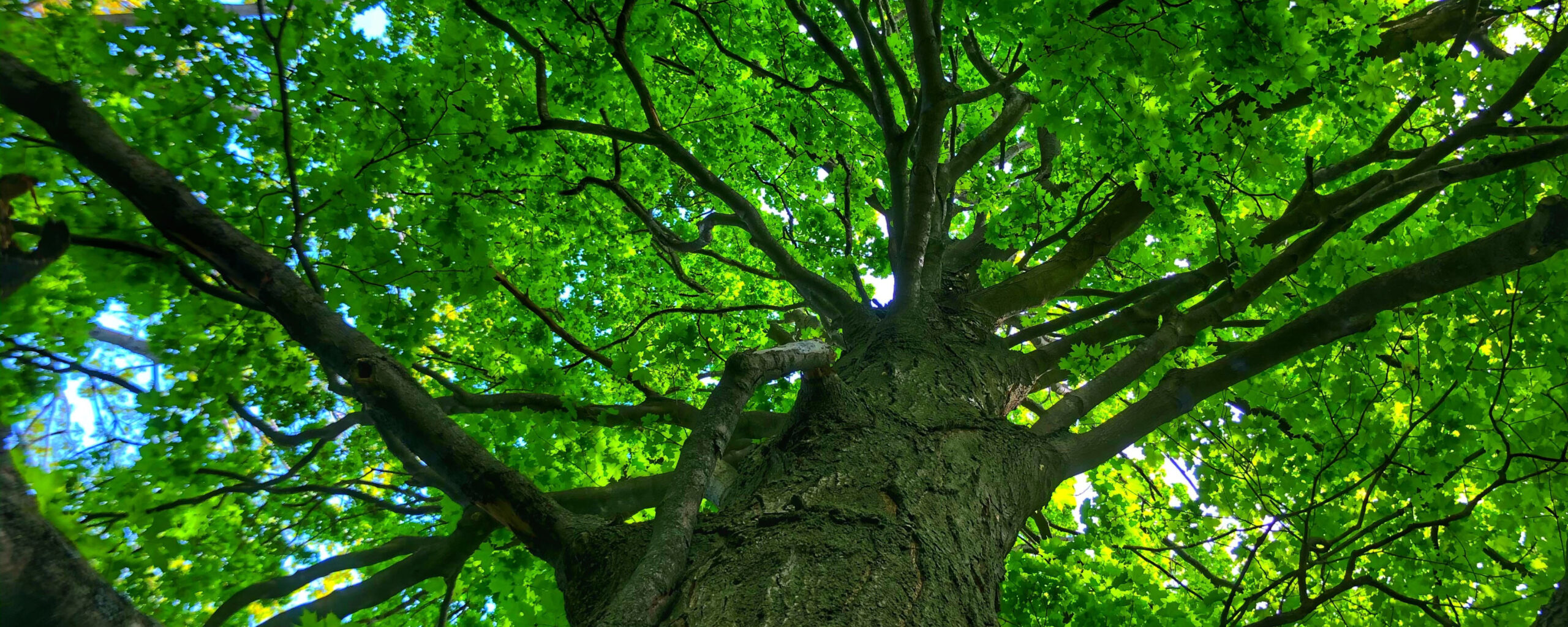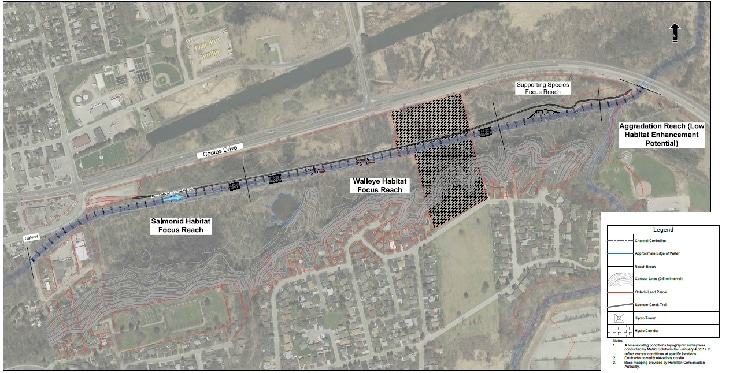Urbanization within the Lower Spencer Creek (LSC) subwatershed has impacted the creek system and degraded its functioning over time. Channelization (straightening) of the creek in the past has led to channel instability and a reduced capacity to support healthy aquatic environments. Historically, management intervention has been through structural means of erosion stabilization, which have had limited degrees of success. In-stream works including grade control structures, concrete lining and gabion baskets have contributed to fish-migration and sediment flow barriers which affect the overall health and functionality of the creek. LSC is directly connected to Cootes Paradise, one of Lake Ontario’s largest coastal wetlands, and therefore has an influence of the health of the Cootes Paradise system and Lake Ontario fishery. As a result, the area of LSC between Thorpe Street and Cootes Drive (see Figure 1) has been identified as an area that would benefit from creek restoration work to improve watercourse function and fish habitat.
In 2015, HCA began work to examine restoration design options. In 2017 Matrix Solutions completed a preliminary design for improvements to the LSC system. HCA hosted a public open house on May 23, 2017, to provide an opportunity for the public and interested stakeholders to review and comment on the proposed work. The detailed design plans were finalized in April 2018.
The design elements that were selected were based on the absence of natural fish habitat available in the channel under existing conditions. Natural refuge areas, including pools, overhanging vegetation, undercut banks, and variability in substrate were generally lacking from the majority of the study area. The channel also lacks suitable substrate and structure required for walleye spawning and provides little variability and habitat essential for other supporting species including foraging species for larger predatory fish. Without introducing a level of sinuosity within the existing channel to allow a more dynamic and variable system, design elements focused on maintaining the alignment and erosion potential of the current channel while providing hydraulic conditions to maintain constructed refuge and spawning areas. A summary of the features to be installed are listed below:
Creek Section
Reach 1
Fish Species of Focus
Salmonids
Recommended Features
One riffle-pool sequence
Overhanging brush layering bank treatment
Two boulder clusters
Creek Section
Reach 2
Fish Species of Focus
Walleye and juvenile fishes
Recommended Features
Two riffle-pool sequences
Overhanging brush layering bank treatment
Two boulder clusters
Four stone ribs in sequence with 16 LUNKERS
Creek Section
Reach 3
Fish Species of Focus
Forage fishes, and juveniles
Recommended Features
Six boulder clusters




